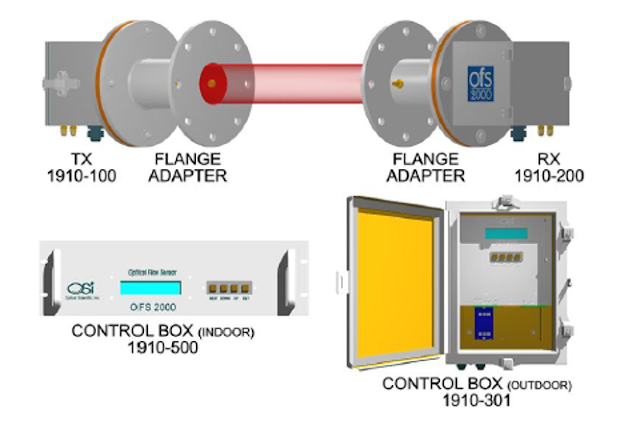The Importance of Emissions Flow Monitoring: A Comprehensive Guide
Emissions from industrial processes have a significant impact on our environment and human health. To mitigate these effects, emissions flow monitoring plays a crucial role. In this comprehensive guide, we will explore the importance of it and the role of stack flow sensors in ensuring effective emissions control.
It refers to the continuous measurement and analysis of emissions from industrial stacks or exhaust systems. It provides valuable data on the quantity and quality of pollutants released into the atmosphere. This data is crucial for regulatory compliance, environmental impact assessment, and process optimization.
The Role of Stack Flow Sensors
Stack flow sensors are essential components of emissions flow monitoring systems. These sensors measure the velocity, temperature, and volumetric flow rate of gas emissions. By accurately quantifying the flow of emissions, stack flow sensors enable industries to identify potential sources of pollution, track emission trends, and ensure compliance with emission standards.
Environmental Compliance
It is essential for industries to comply with environmental regulations and emission limits set by local authorities. By continuously monitoring emissions, industries can identify deviations from acceptable levels and take corrective measures promptly. This helps in avoiding penalties, legal consequences, and damage to their reputation.
Early Detection of Malfunctions and Leaks
Stack flow sensors enable early detection of malfunctions or leaks in industrial processes. Sudden changes in emission flow rates can indicate equipment failures, leaks, or process inefficiencies. Detecting and rectifying these issues promptly not only reduces environmental impact but also saves costs by preventing production losses and equipment damage.
Process Optimization
Emissions flow monitoring provides valuable insights into the efficiency of industrial processes. By analyzing the emissions flow data, industries can identify areas for improvement, optimize combustion processes, and minimize emissions. This not only reduces environmental impact but also enhances energy efficiency, leading to cost savings and improved sustainability.
Environmental Impact Assessment
Emissions flow monitoring plays a crucial role in assessing the environmental impact of industrial activities. By continuously monitoring emissions, industries can evaluate the effectiveness of pollution control measures and identify areas for improvement. This data is vital for environmental impact assessments, allowing industries to make informed decisions and implement sustainable practices.
Real-time Monitoring and Reporting
Modern emissions flow monitoring systems, equipped with stack flow sensors, provide real-time monitoring and reporting capabilities. This enables industries to have immediate access to emissions data, ensuring prompt action in response to any deviations. Real-time monitoring also allows for proactive decision-making, reducing the potential for environmental harm.
ConclusionEmissions flow monitoring, facilitated by stack flow sensors, is of utmost importance in today's world, where environmental sustainability is a top priority. By accurately measuring and analyzing emissions, industries can ensure compliance with regulations, identify process inefficiencies, and minimize their environmental impact. Investing in emissions flow monitoring systems not only helps protect the environment but also promotes sustainable practices and enhances the overall efficiency of industrial processes. To incorporate the same in your industries you can buy technological instruments from Optical Scientific INC, as their products are scientifically tested and trusted.
Call us at 301-963-3630
For more info visit our website: https://www.opticalscientific.com/




Comments
Post a Comment